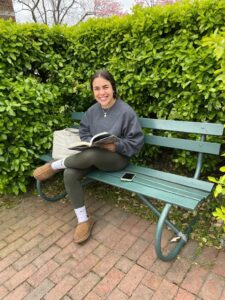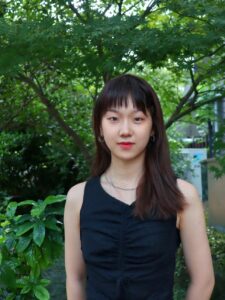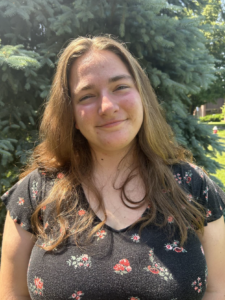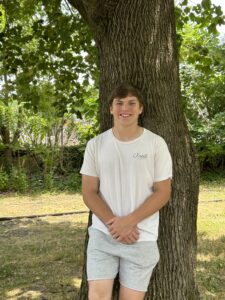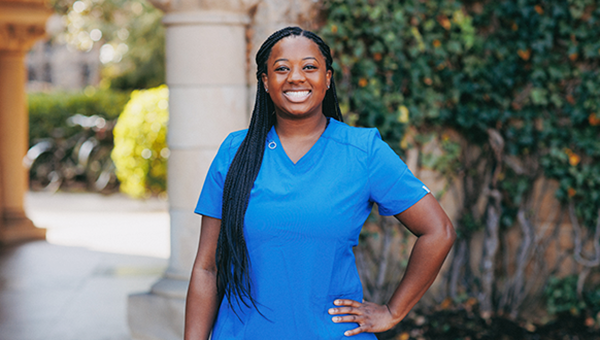
Anima Acheampong ’07 knew she wanted to work in pediatric medicine when she was a just a child herself. An aspiring babysitter at age ten, she took the American Red Cross babysitting class at her local hospital and knew that she had found her path.
She is currently a registered nurse at Stanford’s Lucile Packard Children’s Hospital in California, where she works in a Level IV neonatal intensive care unit (NICU). In this role, she cares for both premature and term critically ill newborns. The work is intense and fast-paced, requiring excellent organizational skills, critical thinking, and attention to detail—in addition to the ability to bond with patients, form relationships with family members, and build trust with colleagues.
“To work in the ICU, you need to be very organized and hypervigilant in noticing small changes and connecting the dots,” Anima said. “You need to be perceptive because babies can’t tell you when something is wrong or what they are feeling.”
Anima credits George School with teaching her how to effectively manage her time and stay organized, two skills that are critical in her career.
“The rigor of our schedules at George School meant that you needed to be on top of work and know how to balance things. With nursing, you need to plan out your shift to prioritize tasks to stay on track, but also be ready to throw plans out the window in order to react quickly to acute changes in patient status. The level of organization I learned at George School by juggling extracurriculars, sports, classes, and service learning taught me the skills to be successful as a nurse.”
After George School, Anima attended Wesleyan University on a pre-med track with a major in psychology. Focusing on childhood cognitive development, Anima did research in a lab under Dr. Hilary Barth looking at topics such as ingroup outgroup bias, how children build trust, how they make friends, and how they learn who to believe.
“Our research involved playing games with kids and deducting results to better understand how they think about numbers, space, language, and people,” Anima explained. “Even though I didn’t want to go into childhood psychology, I found the work very fascinating.”
She knew pediatric medicine was the right field for her; it wasn’t until she graduated that she found her path within it. It happened in part because of personal experience.
Suffering from migraine headaches, Anima met with numerous doctors, nurse practitioners, and nurses– including the great nurses at the George School Student Health and Wellness Center. It was the interactions with the nurses and nurse practitioners that were the most memorable for her. “The nurses remembered me, talked about things we previously discussed, and developed a real relationship with me. I realized that forming relationships with patients, developing rapport with kids and their families, and being able to help patients directly were the aspects of medicine that most appealed to me.”
Choosing nursing as her career path came with additional requirements. Though she had finished her undergraduate work on the pre-med track, Anima had to take another year-and-a-half’s worth of additional coursework before she could enroll in a nursing program.
She enrolled in an intense fifteen-month accelerated program at DeSales University to earn her bachelor of science in nursing. An internship in labor and delivery led her to think that she’d land her first job at the Children’s Hospital of Philadelphia (CHOP). Instead, as circumstances would have it, she landed in New Jersey, working in a 48-bed cardiac medicine and neuroscience telemetry unit working the overnight shift.
“I worked twelve to fourteen hour days with seven or eight patients at a time,” she remembered. “It was non-stop call bells, admitting, discharging, and charting. I would clock anywhere from 10,000–20,000 steps on my Fitbit in a shift. While the experience was a challenge, I learned so many skills that helped bring me to where I am now.”
A year or so later, her nursing school roommate reached out to let her know about an open house at CHOP. Anima attended, and her first stop was at the labor and delivery table. But the Special Delivery Unit (SDU) was for very high-risk pregnancies, and several years of labor and delivery experience were required. The SDU Human Resources representative pointed her to the Neonatal ICU (NICU) Human Resources representative and informed Anima that the NICU hired new graduate nurses and nurses without NICU-specific experience. Anima submitted her application to the NICU, interviewed and she was hired shortly after.
“I was a fish out of water; everything I had learned during my year working on an adult-unit served little purpose when it came to the babies” remembers Anima. Though there was a steep learning curve, she knew the NICU was where she was meant to be.
“Almost nine years later, I still love what I do. One of the highest forms of praise is when a parent who has spent all day at the hospital asks who the nurse at night is going to be, and when they find out it’s me, they go home knowing their baby will be in good hands. It is so rewarding to me.”
In 2020, Anima accepted her position in the NICU at Stanford’s Lucile Packard Children’s Hospital.
“The doctors and nurse practitioners listen and trust our input as the bedside nurses, which is a great team environment. I love making an impact on elements of a patient’s care,” she said.
Reflecting on her career thus far, Anima’s advice to George School students interested in pursuing a nursing career is to find ways to explore the field and be open to shifting your path.
“Volunteer at a local hospital or nursing home,” she said. “The healthcare community is very small, so networking can open doors. It is also never too late to change your mind. While it might require extra work, time, and tuition, we all have different paths, and it is ok to move in a different direction. Reach out to people you know in medicine and ask to shadow for a shift to see things up close.”
“All careers in healthcare are challenging and rewarding in their own way.”


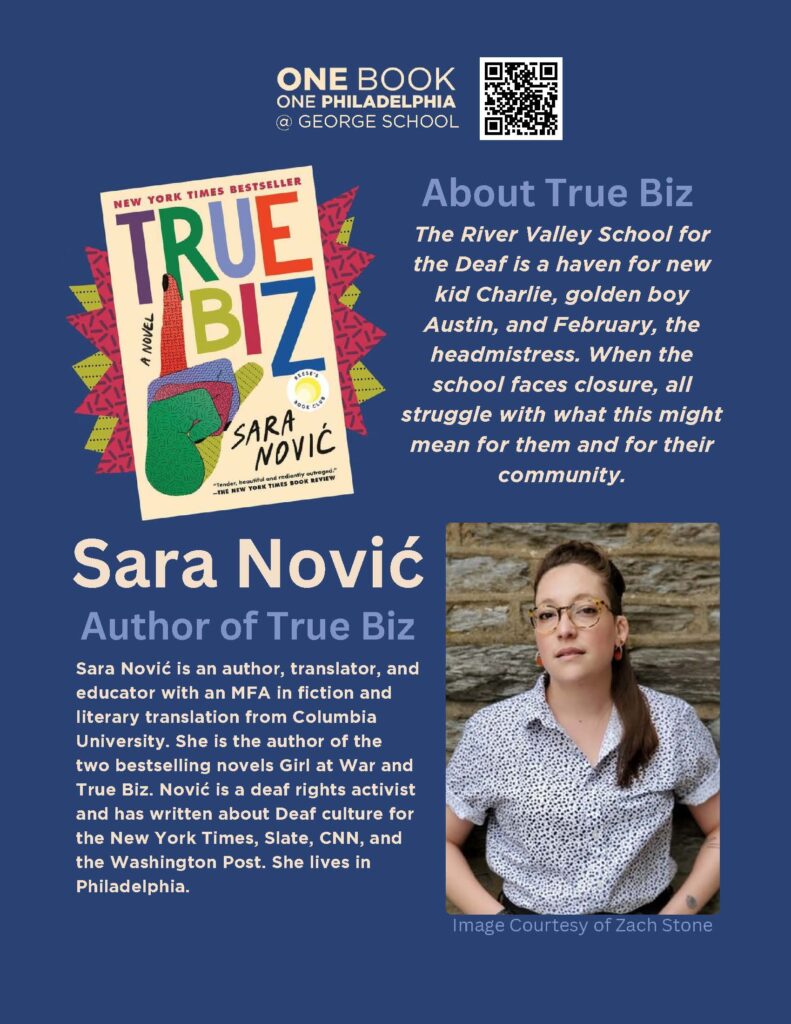

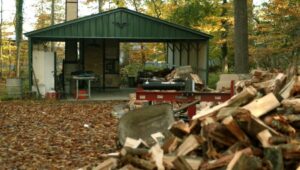

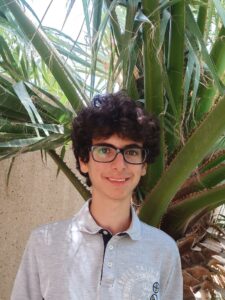 Monastir, Tunisia, and Amman, Jordan
Monastir, Tunisia, and Amman, Jordan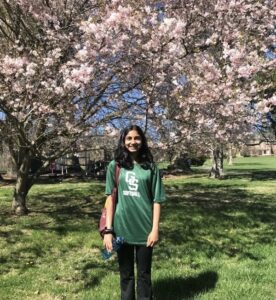 Irvine, CA
Irvine, CA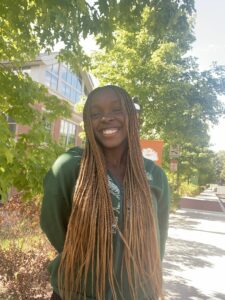 Feasterville-Trevose, PA
Feasterville-Trevose, PA New Hope, PA (Previously NYC)
New Hope, PA (Previously NYC)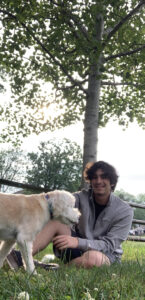 Richboro, PA
Richboro, PA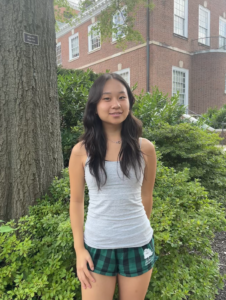 Englewood, NJ
Englewood, NJ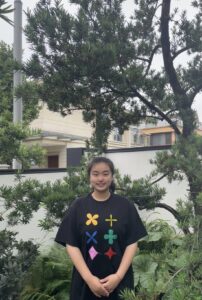 Ningbo, Zhejiang, China
Ningbo, Zhejiang, China Willingboro, NJ
Willingboro, NJ Yardley, PA
Yardley, PA Newtown, PA
Newtown, PA Holicong, PA
Holicong, PA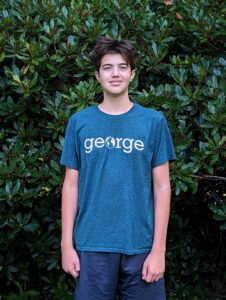 Newtown, PA
Newtown, PA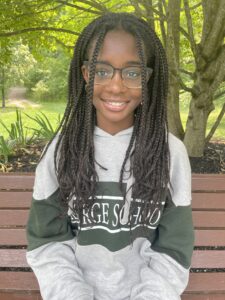 Hamilton, NJ
Hamilton, NJ Yardley, PA
Yardley, PA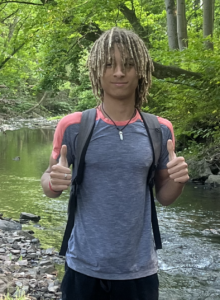 Lambertville, NJ
Lambertville, NJ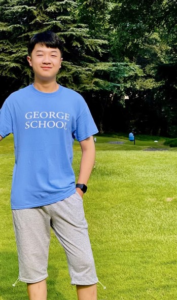 Chongqing, China
Chongqing, China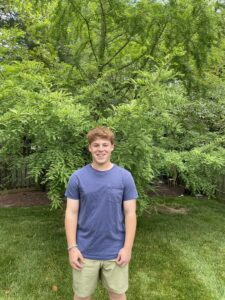 Pennington, NJ
Pennington, NJ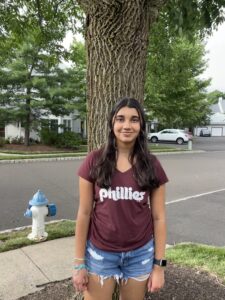 Yardley, PA
Yardley, PA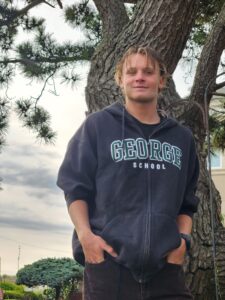 Bensalem, PA
Bensalem, PA Borgota, Colombia
Borgota, Colombia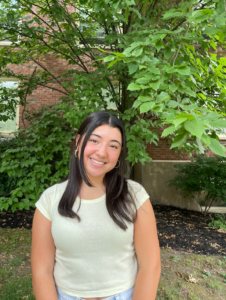 Newtown, PA
Newtown, PA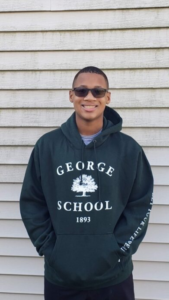 Burlington, NJ
Burlington, NJ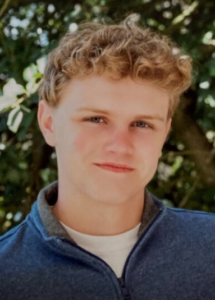 Langhorne, PA
Langhorne, PA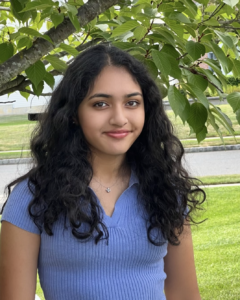 Princeton, NJ
Princeton, NJ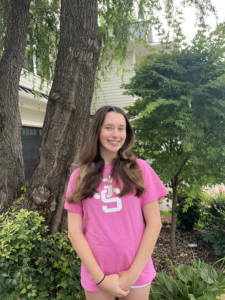 Langhorne, PA
Langhorne, PA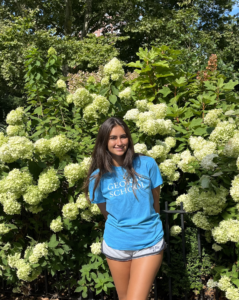 New York City, NY
New York City, NY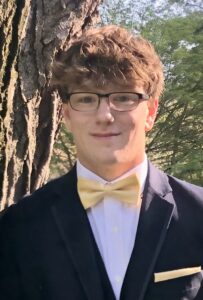 New Hope, PA
New Hope, PA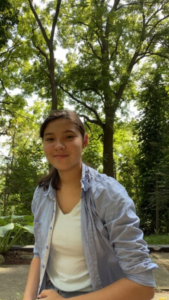 St. Catharines, Ontario, Canada
St. Catharines, Ontario, Canada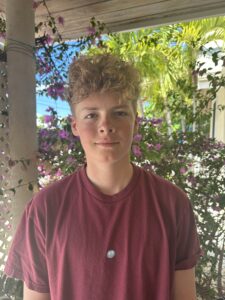 Providenciales, Turks and Caicos Islands
Providenciales, Turks and Caicos Islands Willingboro, NJ
Willingboro, NJ Princeton, NJ
Princeton, NJ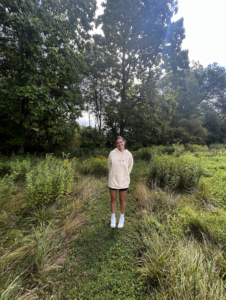
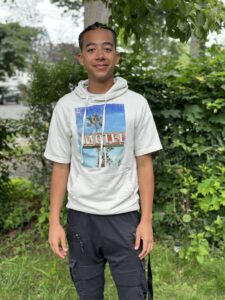 Newark, NJ
Newark, NJ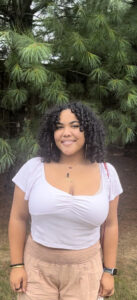 Trenton, NJ
Trenton, NJ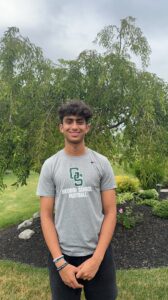 Newtown, PA
Newtown, PA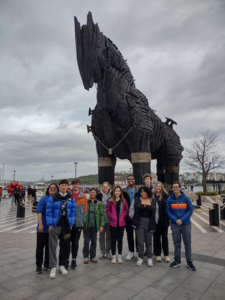
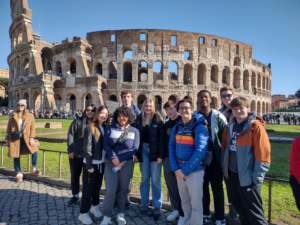
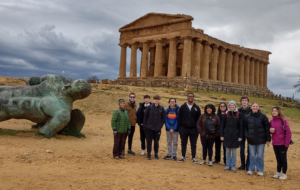

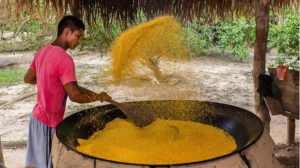
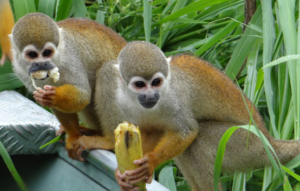

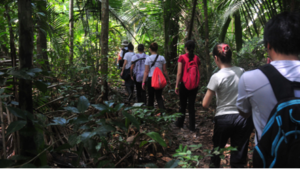
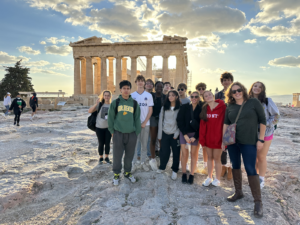
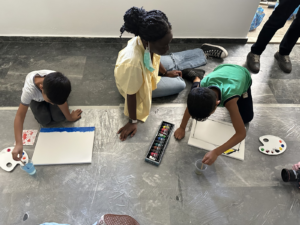
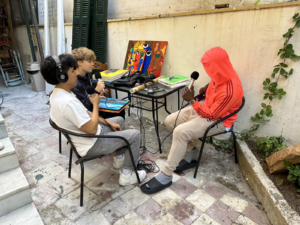
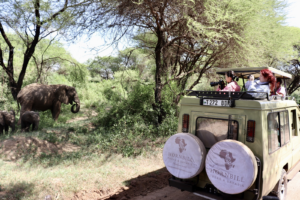
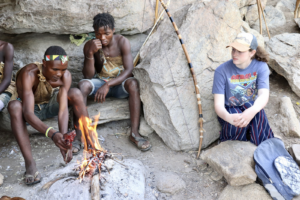
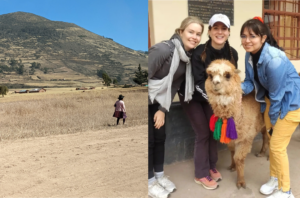
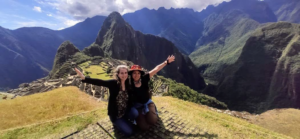
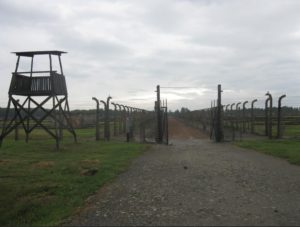
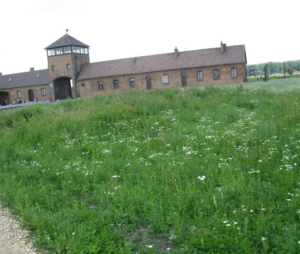


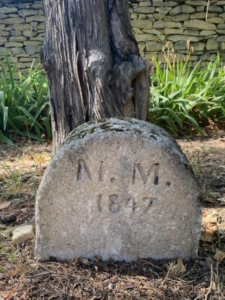
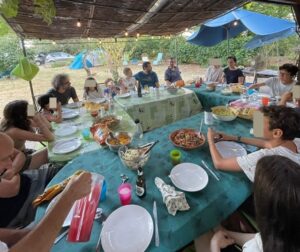
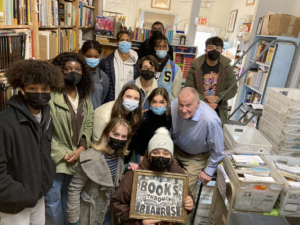
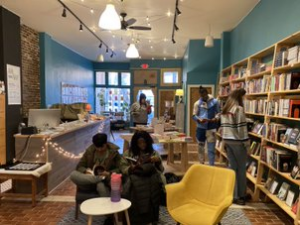
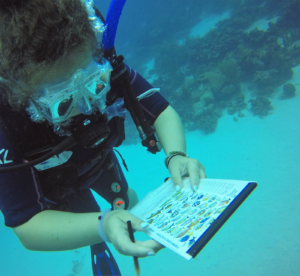
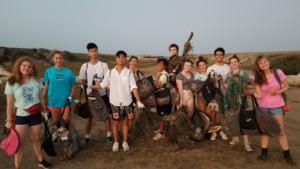
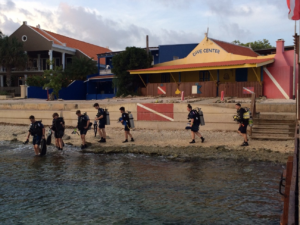
 Lawrence, NJ
Lawrence, NJ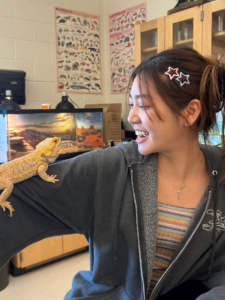 Seoul, South Korea
Seoul, South Korea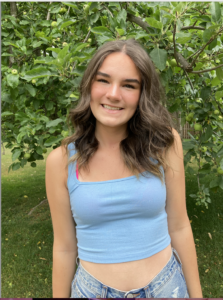
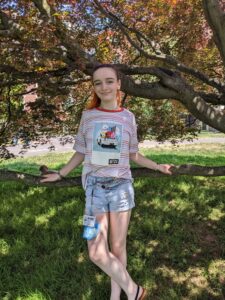 Milwaukee, Wisconsin
Milwaukee, Wisconsin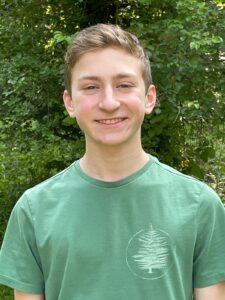 Pennington, NJ
Pennington, NJ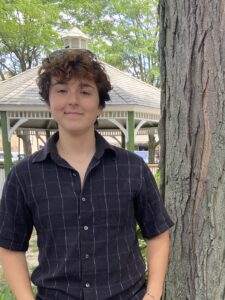 Jenkintown, PA
Jenkintown, PA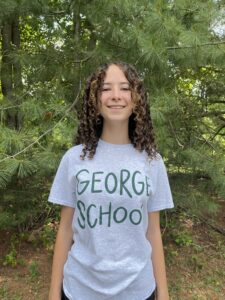 Ottsville, PA
Ottsville, PA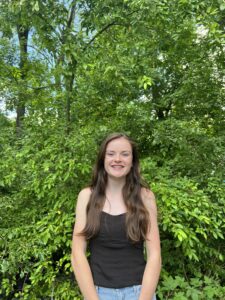 Yardley, PA
Yardley, PA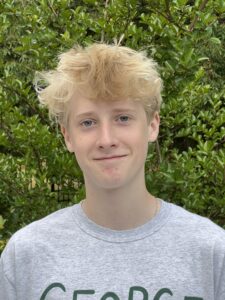 Providenciales, Turks and Caicos Islands
Providenciales, Turks and Caicos Islands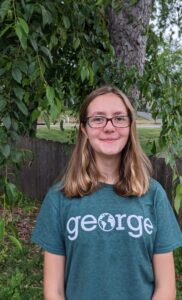 Hopewell, NJ
Hopewell, NJ
 Pottstown, PA
Pottstown, PA Playa del Carmen, Quintana Roo, México
Playa del Carmen, Quintana Roo, México Shanghai, China
Shanghai, China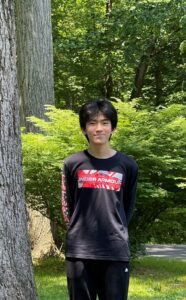 Beijing, China
Beijing, China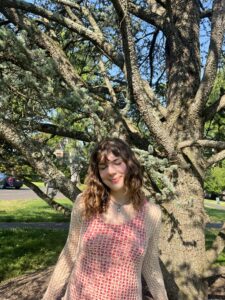 Yardley, PA
Yardley, PA Beijing, China
Beijing, China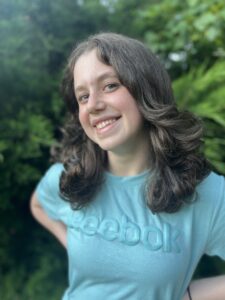 Holland, PA
Holland, PA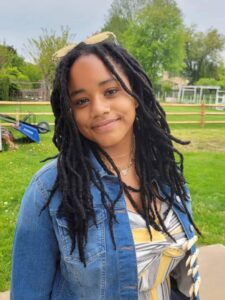 Langhorne, PA
Langhorne, PA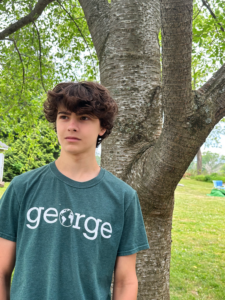 Ringoes, NJ
Ringoes, NJ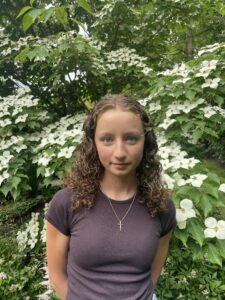 New Hope, PA
New Hope, PA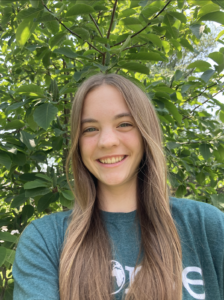 Dreshner, PA
Dreshner, PA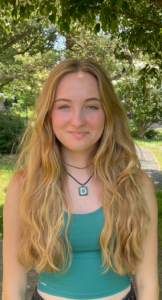 Yardley, PA
Yardley, PA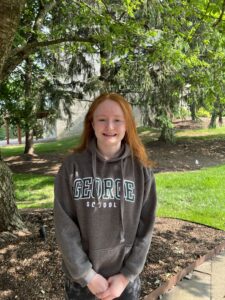 Yardley, PA
Yardley, PA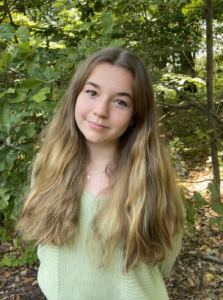 PA
PA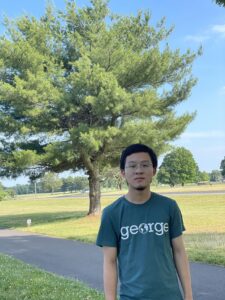

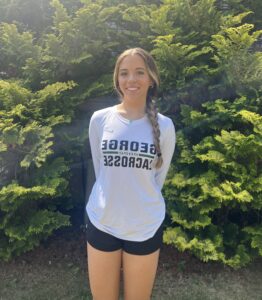
 Xi’an, China
Xi’an, China
